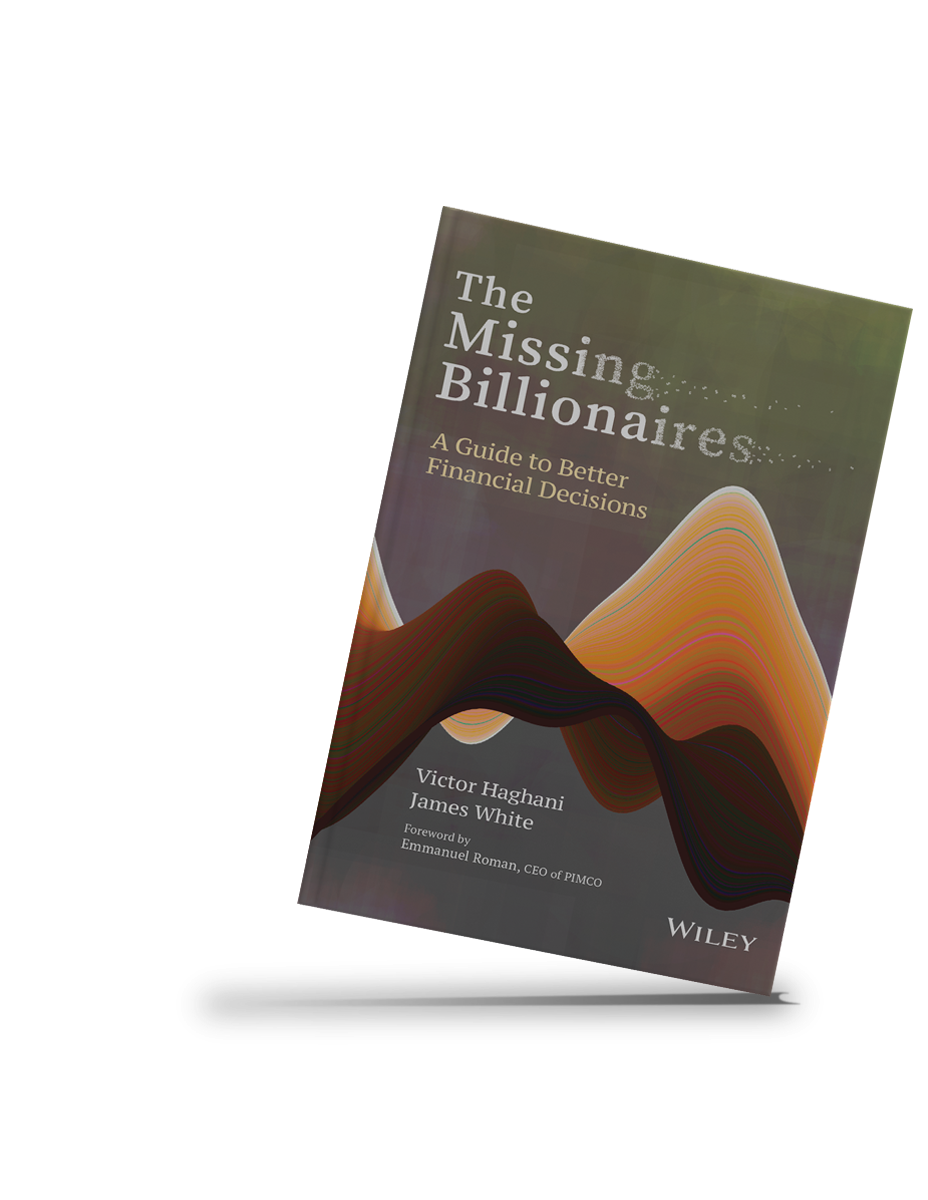EXCERPT
Chapter 1
EXCERPT
A beautiful statue of Cornelius Vanderbilt, the 19th century rail and shipping tycoon, adorns the outside of Grand Central Station in New York City. It’s there because “the Commodore” ordered the station’s construction. Although partially obscured today by an eyesore called the Park Avenue Viaduct, the statue sits right at the heart of midtown Manhattan, the global center of finance, regularly visible to many of today’s financial titans.
When Vanderbilt died in 1877, he was the wealthiest man in the world. His eldest son, Billy, received an inheritance of one hundred million dollars – 95% of Cornelius’ fortune. Unfortunately, it came without even the most basic of instructions on how to invest and spend this wealth over time. Within seventy years of the Commodore’s death, the family wealth was largely dissipated. Today, not one Vanderbilt descendant can trace his or her wealth to the vast fortune Cornelius bequeathed.
The Vanderbilt clan grew at a higher rate than the average American family, but even so this outcome was far from guaranteed. If the Vanderbilt heirs had invested their wealth in a boring but diversified portfolio of US companies, spent 2% of their wealth each year and paid their taxes, each one living today would still have a fortune of over five billion dollars.
What went wrong?



